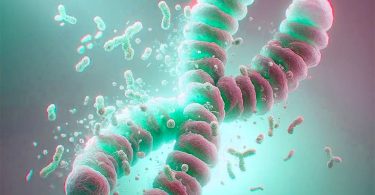AGEs (Advanced Glycation Endproducts) would be more than just good risk markers for age-related diseases! The example of atherosclerosis.
Atherosclerosis is an alteration of the inner layer of the arteries that develops with age. It corresponds to the formation of atheroma plaques that interfere with blood circulation. These plaques are often asymptomatic but their thickening and then their rupture are responsible for serious and potentially fatal manifestations such as stroke.
A Swedish study of 4,416 subjects (50-64 years old) found a strong significant correlation between subclinical atherosclerosis and general glycation level, independent of other risk factors (1).
The causal mechanism has not been established, but the relevance of the results of this study requires further research, particularly on the impact of glycation of the collagen forming the inner layer of the arteries.
© Age Breaker 02 2022
✅ [AGE BREAKER, patented nutritional supplements, based on rosmarinic acid, recognized by aging specialists around the world for their properties to reverse the effects of glycation.]
✅ [Glycation is one of the major causes of aging. Resulting from the fixation of sugars on the proteins constituting the organism, glycation generates toxic compounds that cause cellular aging. Glycation is particularly involved in metabolic disorders, skin aging and cognitive decline.]
More on www.agebreaker.com
#agebreaker #glycation
1 – Pan J et Al. Skin autofluorescence, a measure of tissue accumulation of advanced glycation end products, is associated with subclinical atherosclerosis in coronary and carotid arteries. Atherosclerosis. Available online 12 February 2022. Doi.org/10.1016/j.atherosclerosis.2022.02.014









